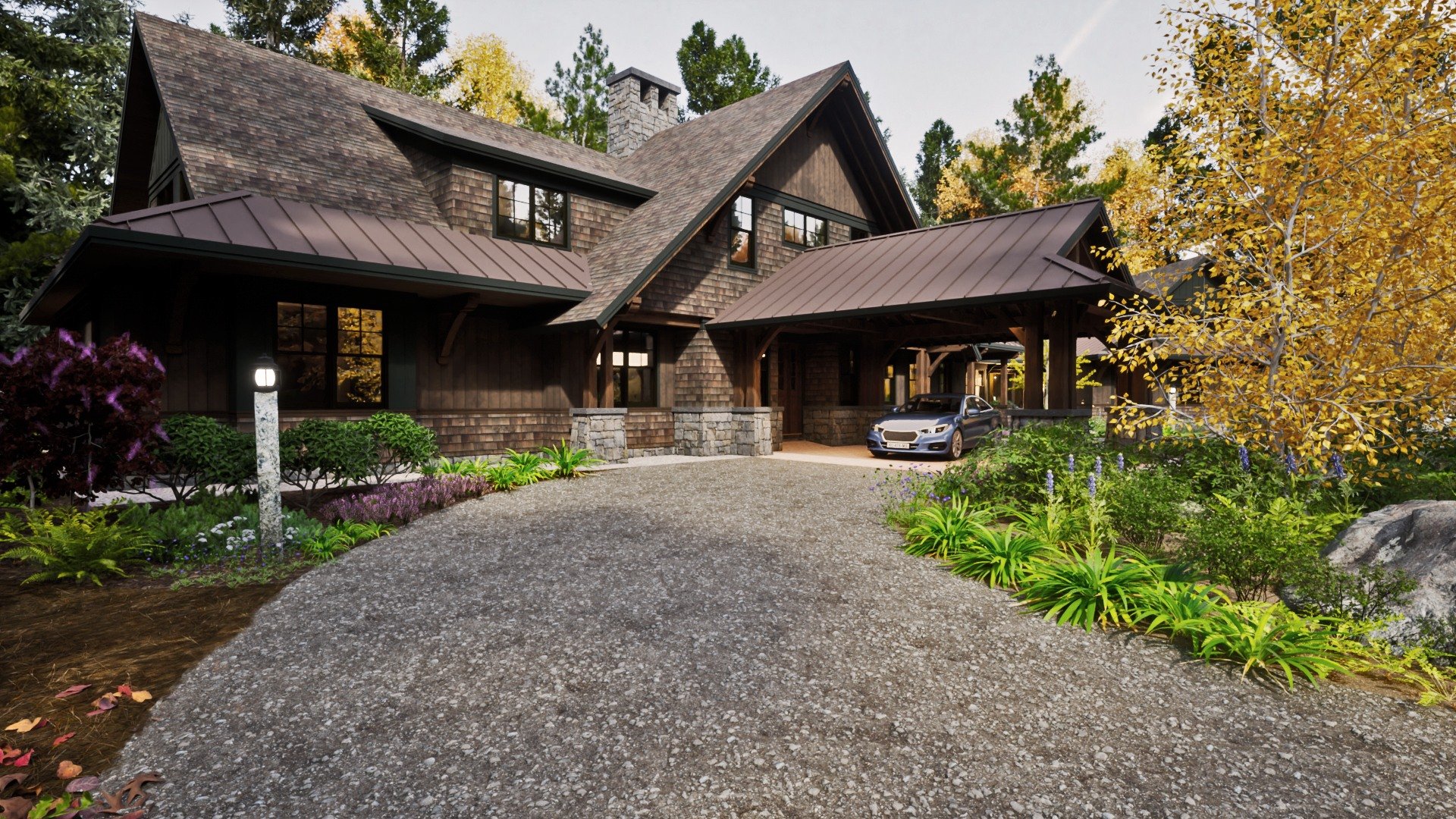New York City, the epitome of urban living, is a canvas of architectural wonders that shape the city’s skyline. Behind every skyscraper and townhouse is the creative genius of architects who envision and craft spaces that transcend the ordinary. In this blog, we delve into the minds of Long Island architects, exploring the intricacies of residential design that make the city’s homes not just places to live but testaments to innovation and style.
The Intersection of Tradition and Modernity: New York City’s architectural landscape is a tapestry woven with threads of tradition and modernity. Architects are tasked with marrying the city’s rich historical context with contemporary demands. A walk through neighborhoods like Brooklyn Heights reveals brownstones that seamlessly blend classic Victorian charm with modern amenities, showcasing the architect’s ability to navigate the delicate dance between old and new.
Skyward Aspirations: For architects, New York’s skyline is both a challenge and a canvas. The competition to design the next iconic skyscraper pushes architects to think vertically, creating residential towers that redefine luxury living. From One57’s soaring heights to the supertall towers along Billionaires’ Row, architects aim not only to reach the sky but also to redefine urban living through innovative space utilization and breathtaking panoramas.
Green Oasis in the Concrete Jungle: Amidst the bustling city streets and towering structures, architects are increasingly incorporating green spaces into residential designs. Rooftop gardens, communal parks, and sustainable features are becoming integral elements in creating a balance between the urban environment and nature. The High Line, a repurposed elevated railway, exemplifies this trend, offering a unique residential experience with an elevated park weaving through the heart of Manhattan.
Adapting to Changing Lifestyles: New York’s architects are acutely aware of the evolving needs and lifestyles of the city’s residents. The rise of remote work, the importance of communal spaces, and the demand for sustainable living have influenced architectural designs. Adaptive reuse of industrial spaces, mixed-use developments, and smart home technology are just a few examples of how architects are addressing the changing dynamics of residential living in the city that never sleeps.
Diverse Influences and Cultural Narratives: New York City’s cultural diversity is a treasure trove for architects seeking inspiration. Residential designs often draw from the myriad cultural influences that shape the city, resulting in homes that reflect the stories of their inhabitants. From the brownstone stoops of Harlem to the modernist penthouses in Tribeca, each architectural creation tells a unique tale of culture, history, and the human experience.
Conclusion: Inside the minds of New York’s architects, residential wonders are born from a delicate balance of tradition, modernity, and an acute understanding of the city’s dynamic pulse. As these creative minds continue to shape the urban fabric, the homes they design become not just places to dwell but reflections of the city’s vibrant spirit.
